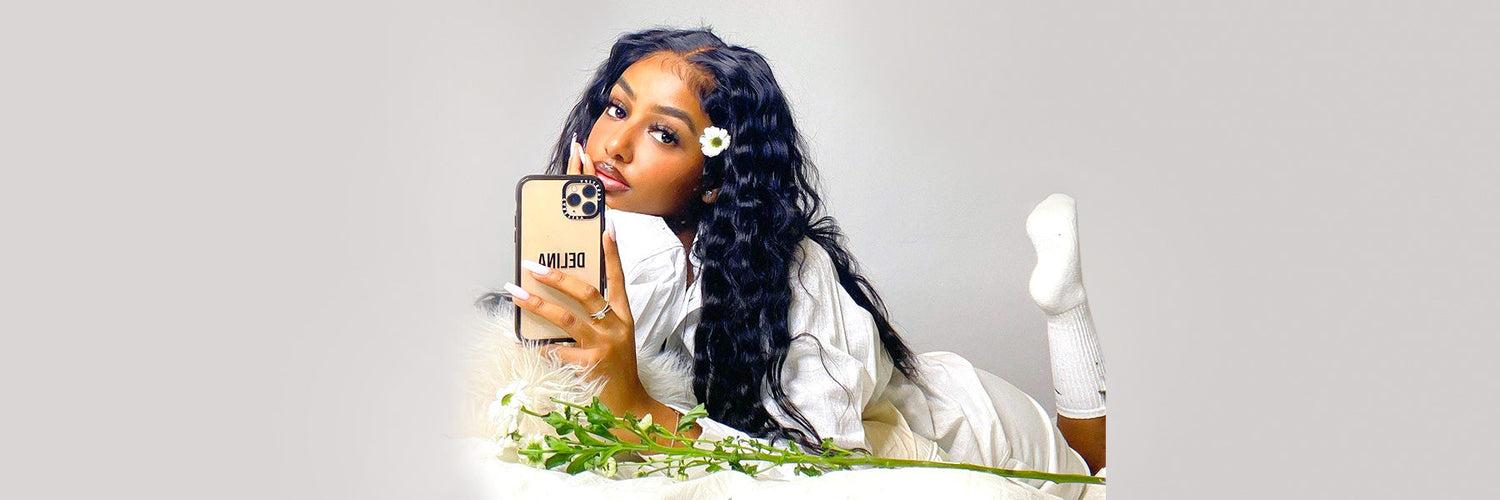Types of Wigs Based on Hair Fiber
1. Lace Front Wigs

Pros:
● Creates a natural-looking hairline
● Can be styled with various parting options
● Lightweight and breathable for comfort
● Ideal for both everyday wear and special occasions
● Suitable for different hair textures and lengths
Cons:
● Requires careful installation for a secure fit
● May not be as durable as full lace wigs
● Lace can irritate sensitive skin if not properly secured
2. Full Lace Wigs

Pros:
● Offers the most natural appearance
● Can be styled in any direction or updo
● Lightweight and breathable for all-day comfort
● Offers versatility in parting and styling
● Provides a secure and customizable fit
Cons:
● More expensive than lace front wigs
● Requires more maintenance and care
● Can feel less secure if not fitted properly
3. Monofilament Wigs

Pros:
● Mimics natural hair growth for a realistic look
● Provides more styling options and flexibility
● Breathable and comfortable for long wear
● Great for sensitive scalps or hair loss
● Lightweight and easy to manage
Cons:
● Typically more expensive than other wig types
● May require extra care to maintain
● Can be less durable than synthetic wigs
4. Capless/Wefted Wigs

Pros:
● Very lightweight and breathable
● Affordable compared to other wig types
● Provides a natural, voluminous look
● Easy to wear and maintain
● Great for warm weather or extended wear
Cons:
● May not be as secure for active use
● Less styling flexibility than lace wigs
● Wefts can sometimes show through thin hair
5. Hand-tied Wigs

Pros:
● Provides a natural, free-flowing look
● Flexible fit for better comfort
● Ideal for sensitive scalps
● Allows for versatile styling and parting
● Lightweight and breathable
Cons:
● More expensive than machine-made wigs
● Requires careful maintenance
● Can be less durable than wefted wigs
Types of Wigs Based on Hair Fiber
1. Human Hair Wigs

Pros:
● Can be styled with heat tools
● Blends seamlessly with natural hair
● Long-lasting with proper care
● Offers versatility in texture and color
● Feels soft and realistic
Cons:
● Higher cost compared to synthetic wigs
● Requires regular maintenance
● Can lose shape over time without care
2. Virgin Hair Wigs

Pros:
● Superior quality with natural shine
● Can be dyed or styled as desired
● Long-lasting when well-maintained
● Soft and smooth texture
● Highly versatile for different styles
Cons:
● More expensive than regular human hair wigs
● Requires more care and maintenance
● Can be hard to find in certain colors
3. Remy Human Hair Wigs

Pros:
● Tangle-free and smooth texture
● Retains natural shine and softness
● Long-lasting with proper care
● Can be styled with heat tools
● More durable than non-Remy wigs
Cons:
● Can be more expensive than regular wigs
● Requires proper maintenance for longevity
● May need occasional professional care
4. Synthetic Wigs

Pros:
● Affordable compared to human hair wigs
● Easy to maintain and style
● Retains shape even after washing
● Lightweight and comfortable to wear
● Available in a variety of colors
Cons:
● Limited styling options compared to human hair
● Can feel less natural
● May not last as long as human hair wigs
5. Heat-friendly Synthetic Wigs

Pros:
● Can be styled with heat tools
● Holds shape even after washing
● Lightweight and low-maintenance
● Available in a variety of colors
● More affordable than human hair wigs
Cons:
● Heat styling can damage fibers over time
● Limited lifespan compared to human hair
● Not as natural-feeling as real hair
Other Types of Wigs to Consider
1. Hair Toppers

Pros:
● Adds volume and thickness to natural hair
● Great for covering thinning or bald spots
● Lightweight and comfortable to wear
● Easy to blend with your own hair
Cons:
● May not provide full coverage
● Requires proper blending for a natural look
2. Hair Extensions

Pros:
● Instantly adds length and volume
● Available in various methods for convenience
● Can be removed easily without damage
● Blends well with natural hair
Cons:
● Requires regular maintenance
● Can be uncomfortable if not applied correctly
3. Glue-on Wigs

Pros:
● Provides a secure and long-lasting hold
● Great for extended wear without adjustments
● Ideal for active individuals
● Can create a natural hairline
Cons:
● Requires careful application and removal
● Can irritate if the glue is not used properly
4. Clip-in Wigs

Pros:
● Easy to apply and remove without damage
● Great for adding instant volume or length
● Can be styled and customized to your liking
● Ideal for short-term use and special occasions
Cons:
● May feel heavy if too many clips are used
● Requires blending with natural hair for a seamless look
How to Choose the Right Type of Wigs for You
● Budget: Set a realistic budget upfront. Synthetic wigs are cost-effective, while human hair is a long-term investment.
● Purpose: Is it for daily wear, a special occasion, or medical hair loss? Daily use demands durability and comfort, while special events might prioritize dramatic style.
● Lifestyle & Comfort: Consider your activity level and sensitivity. Lightweight capless wigs offer breathability, while secure glue-on wigs suit active lifestyles.
● Desired Look: Do you want a natural hairline or the freedom to part anywhere? Your styling goals dictate the best cap construction.
● Material: Choose between low-maintenance synthetic or versatile human hair based on how much styling you want to do.
● Maintenance: Be honest about the time you can dedicate. Human hair requires regular care, while synthetic styles hold their shape with minimal effort.












